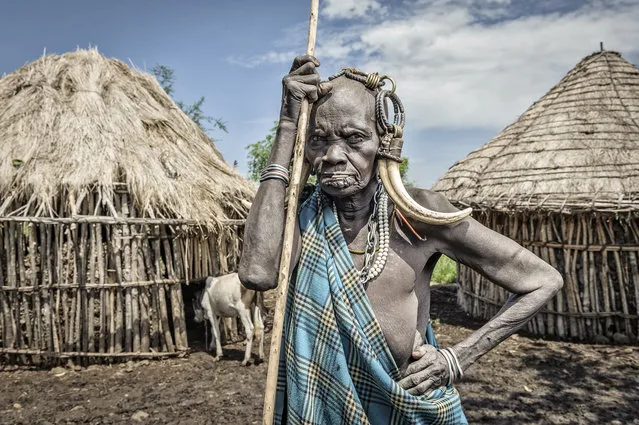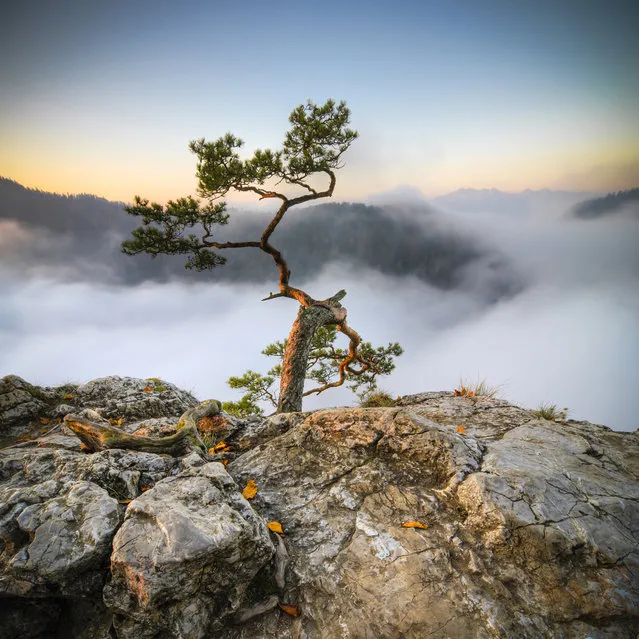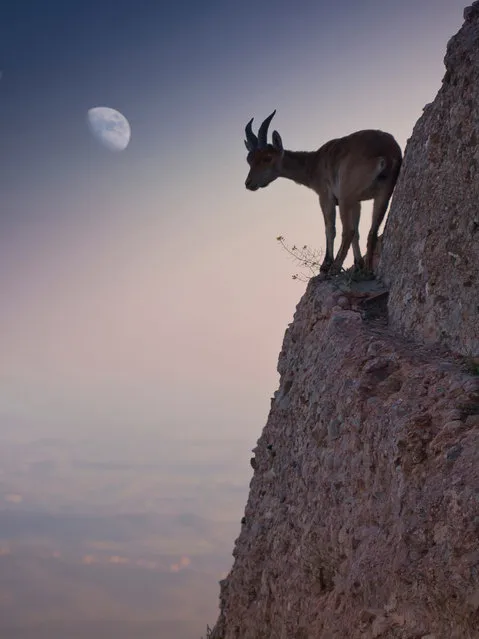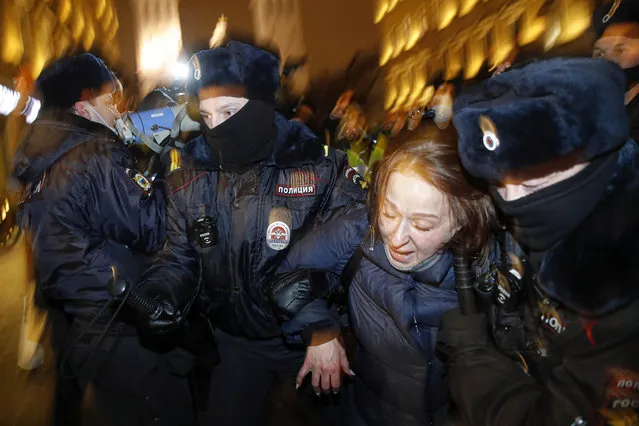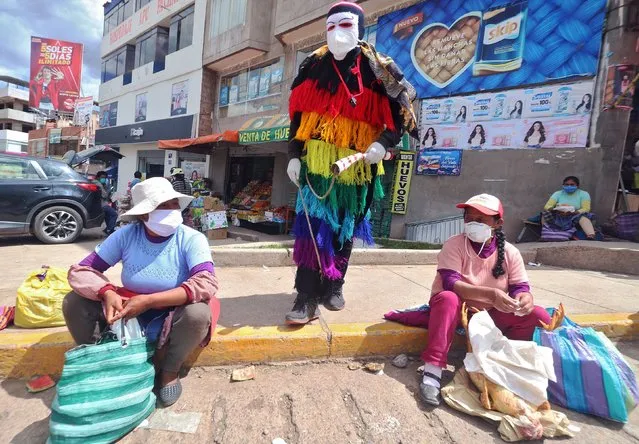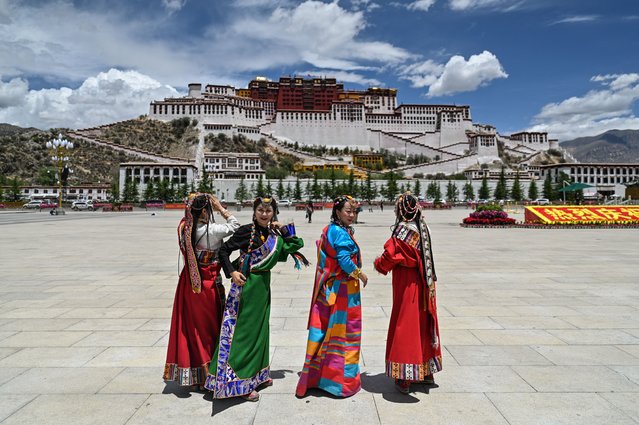
This photograph taken during a government organised media tour shows people in traditional costume standing in Potala Palace Square as the Potala Palace – classified as a World Heritage Site by Unesco in 1994 – is seen in the background in the regional capital Lhasa, in China's Tibet Autonomous Region, on June 1, 2021. (Photo by Hector Retamal/AFP Photo)
11 Jun 2021 09:42:00,post received
0 comments


